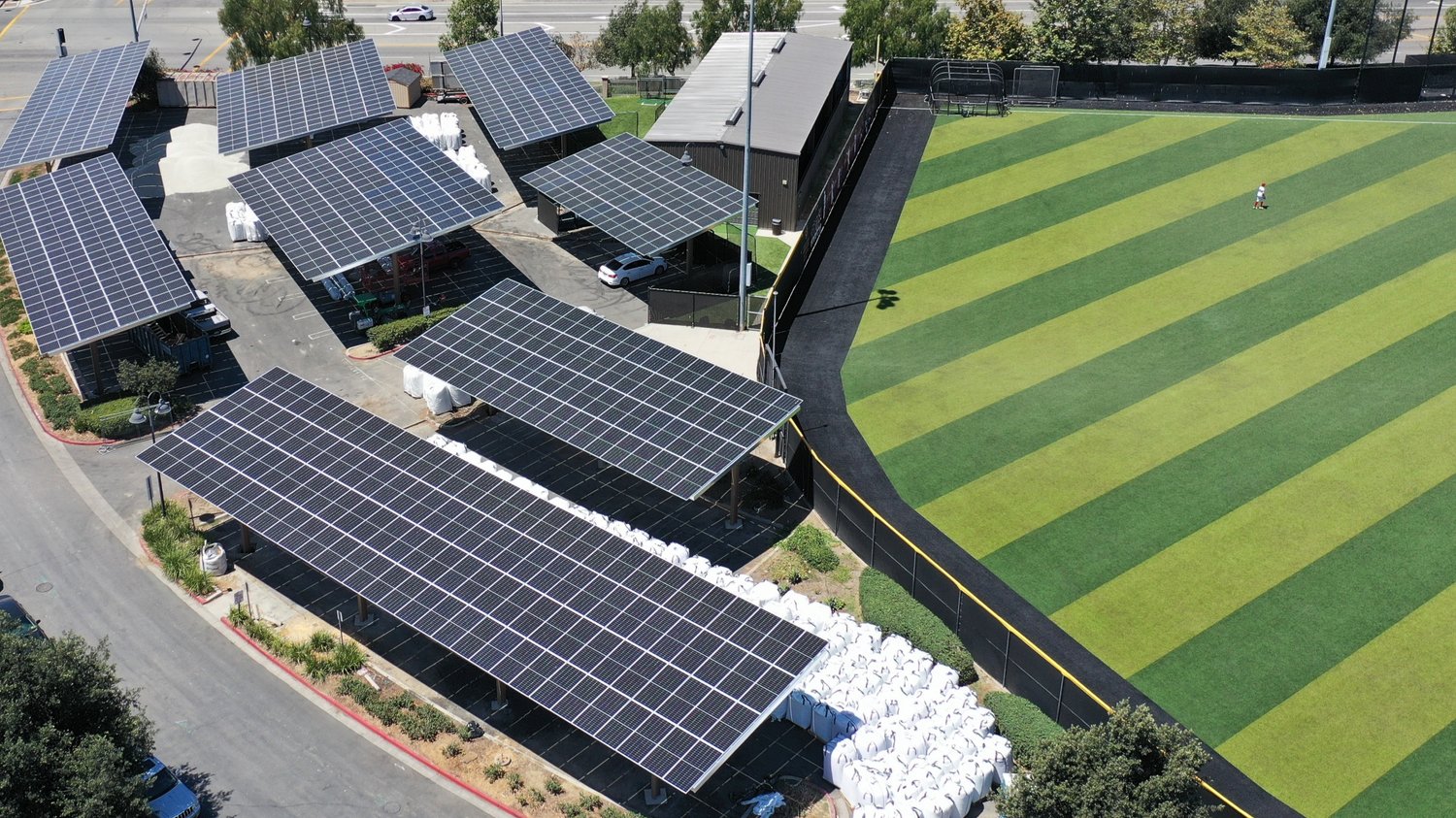ImpactAlpha, Sept. 8 – Solar irrigation to increase crop yields. Clean cookstoves to improve indoor air quality. Cold storage to raise farmers’ incomes. Water harvesting and storage to weather droughts.
The catalog of high-priority projects for climate adaptation is increasingly converging with the economic development agendas of many middle- and lower-income countries. That suggests a new path for mobilizing capital for products and services to increase the resilience of low-income communities around the world.
“What we heard loud and clear is that the G7 and these big-country platforms are very interested in climate mitigation as a focus. And the countries themselves are not,” says Jonathan Phillips at Duke University’s James E. Rogers Energy Access Project, who has convened stakeholders to identify effective strategies.
“They’re interested in development. They’re interested in resilience and adaptation.”
Climate adaptation has long been the neglected stepchild of climate finance, attracting only a small fraction of the capital flowing to climate mitigation strategies that reduce or remove the greenhouse gases that drive global warming.
The Global Commission on Adaptation in 2019 estimated that a 10-year investment of $1.8 trillion could generate $7.1 trillion in net benefits. Climate change adaptation has attracted less than $500 million per year in private investment, according to the Climate Policy Initiative.
Next week’s Agents of Impact Call, “Mapping opportunities for catalytic climate capital,” will continue our exploration of ways to scale up financing for climate adaptation and other stubborn gaps in climate financing (RSVP today).
Investable opportunities
Measuring carbon reduction and removal can be complicated. But not nearly as complicated as measuring the benefits and avoided risks from effective climate adaptation strategies.
“Things like reducing post-harvest loss, or risk of crop failure, or even more intangible things like increasing bargaining power, higher yields, higher quality, reduced expenditure, gender empowerment, time savings. Some are tangible, some are intangible and indirect,” says Ashish Kumar, the climate and innovation lead for Shell Foundation in London.
New initiatives are aiming to quantify such adaptation benefits, link them to development goals and blend capital from development finance institutions and multilateral banks to attract private investors to climate adaptation. With Phillips at Duke, Shell Foundation is developing investment propositions for key adaptation solutions, such as solar irrigation, cold storage and clean cookstoves.
“There are not many bankable or commercially viable adaptation projects,” Kumar says. “Even if they are, they have to be really localized. So from an investor perspective, they aren’t scalable. They have to create customized solutions.”
The Dutch Fund for Climate and Development leads with “climate-resilient economic growth,” and particularly “the wellbeing, economic prospects, and livelihoods of vulnerable groups.” That includes the protection of communities and cities from extreme weather events and the collapse of natural ecosystems that provide water, food, medicine and economic opportunity. The fund has €160 million from the Dutch Ministry of Foreign Affairs to attract private capital to climate adaptation.
The DFCD has invested in Chanzi, which produces sustainable animal feed in east and southern Africa by using food waste to raise protein-rich larvae of the black soldier fly. In Brazil, the fund is supporting Concepta Ingredients, part of Sabará Group, to process forest products such as açai, Brazil nut and babassu that are collected by local communities. In Uganda, Mandulis Energy is turning agricultural waste into electricity, biogas and bio-fertilizer.
An “origination facility” identifies early-stage initiatives and provides technical support. Viable projects in agroforestry, sustainable land use and climate-resilient food production graduate to a land-use facility managed by FMO, the Dutch development finance institution. Water, sanitation and environmental protection project graduate to a water facility managed by Climate Fund Managers, based in the Hague.
Adaptation enterprises
Small and medium-sized enterprises are key to both economic development and climate adaptation.
The Landscape Resilience Fund, launched last year, aims to mobilize $100 million for sustainable agricultural and forestry supply chains that protect smallholder farmers in developing countries. The fund will provide financing and technical assistance to enterprises that work with cocoa growers, rattan harvesters and other smallholder farmers to access drought-resistant seeds, better farm equipment, training and finance.
The fashion brand Chanel has committed $25 million, complementing funding from the multilateral Global Environment Facility. Zurich-based South Pole manages the fund.
The D-REC initiative, a nonprofit collaboration led by South Pole and Powertrust and cofunded by Shell Foundation and others, is developing a new mechanism to value and track distributed renewable energy projects. Corporations already buy standard renewable energy certificates, or RECs, generally sourced from large scale solar or wind projects, to fulfill their clean-energy pledges. Distributed Renewable Energy Credits, or D-RECs, would extend that to clean energy projects that power hospitals, schools, farms and other smaller scale renewable projects that can improve livelihoods.
“That could be used by corporates to buy credits that can go to high-impact projects in Africa and elsewhere instead of sourcing it from offshore wind in the U.S.” said Shell Foundation’s Kumar. “Instead of them procuring carbon credits from planting trees or other solutions, you can electrify solar health clinics in Uganda.”
Lightsmith Group, which earlier this year raised $186 million for one of the first private-equity growth capital funds focused on climate resilience, has developed a taxonomy for what it calls “adaptation SMEs,” for small- and medium-sized enterprises that increase climate resilience.
The taxonomy distinguishes between enterprises that provide “climate adaptation intelligence,” such as weather and climate analytics and remote sensing technologies, and climate adaptation products and services, such as laser land-leveling to reduce runoff and water-efficient irrigation.
Lightsmith’s Jay Koh ended June’s Agents of Impact Call on catalyzing climate capital with a call to action.
“Come to the climate adaptation and resilience universe. Start companies. Scale companies,” he said. “Come and invest in the adaptation and climate resilience opportunity, because it is an enormous opportunity.”











